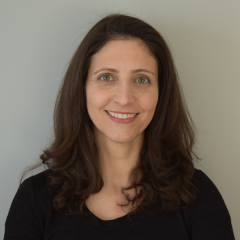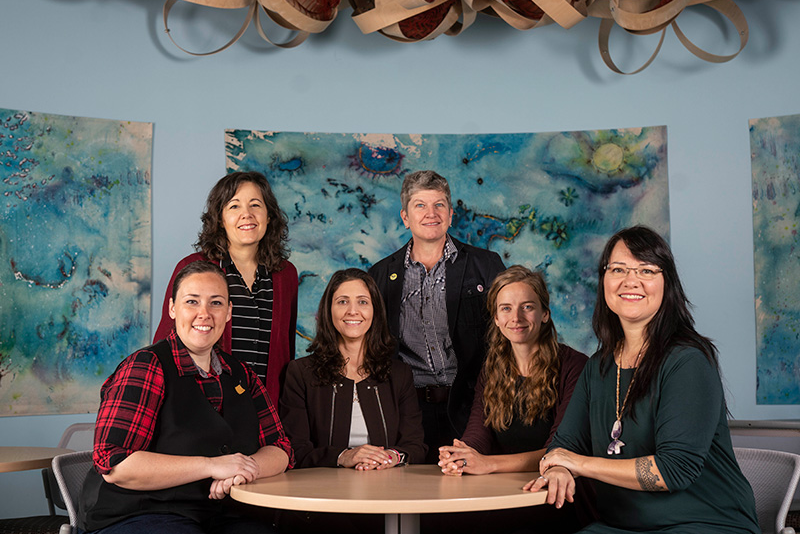Renata Chiaradia, an instructional design coordinator at Teaching and Learning Services (TLS), has been helping develop and service Carleton’s Collaborative Indigenous Learning Bundles for five years. During that time Chiaradia says she has learned to see the world through a different lens.

Renata Chiaradia
The Learning Bundles were created by Dr. Kahente Horn-Miller, Associate Vice-President, Indigenous Teaching, Learning and Research, to integrate Indigenous knowledge into the classroom without overburdening Indigenous experts.
Before Chiaradia moved to Canada in 2011 she taught in secondary schools and young students between kindergarten and Grade 2 in Brazil. Now, in Canada, she finds herself supporting instructors in their teaching journey.
Chiaradia helps construct the Learning Bundles through collaboration with other members of the team and with Indigenous knowledge keepers and experts. She is the main point of contact for instructors; consulting with them to determine how to best integrate a Bundle into their course and to make sure they are providing students with a meaningful experience.
“[The Bundles are] not just material that you’re going to plug into the course. It needs to be relevant and connected to your course,” Chiaradia says. “We don’t want students thinking, why am I engaging with this? Why is this relevant?”
Chiaradia acknowledges that it takes time and effort for instructors to integrate the materials, and she understands the hesitation that some may have about facilitating the materials. However, Chiaradia’s mindset is that it is never the role of the educator to act like they know everything.
“It is almost like the instructor is a facilitator, guiding you,” Chiaradia says, “I always told my students, ‘I don’t know everything. I’m here before you, maybe because it’s been longer since I started studying, but it doesn’t mean that I know it all.’”
The Learning Bundles are an opportunity for instructors to learn, as well as students. Support is available for the instructors, including a community of practice between instructors who have used Bundles in the past. Chiaradia’s role is to support instructors with the implementation of the Bundles in their course and provide suggestions for assessments. If instructors have Indigenous-specific questions, she will direct them to experts.

Indigenous Learning Bundles team in 2018 from left to right: Benny Michaud (sitting), Daphne Uras (standing), Renata Chiaradia (sitting), Elspeth McCulloch (standing), Allie Davidson (sitting), and Kahente Horn-Miller (sitting).
“Working on this project has opened my mind to issues around structural racism and different forms of prejudice,” Chiaradia said.
Chiaradia said she never learned Indigenous history in Brazil, it was not something that people talked about. Through her work on the Bundles, she learned about First Nation, Métis and Inuit histories.
Chiaradia says collaboration, allyship and relationship building is at the center of this project. Chiaradia shared she is honoured to be given the opportunity to work with the project and with all its collaborators. She is proud to be bringing her knowledge of instructional design to help create such an engaging and accessible tool for students and instructors.
“We are products of how we are raised, how we are educated, right? So, that has an impact on who we are, and what we do today. We have to understand that we need to learn. We need to continue learning.”
The team is continuing to develop more Collaborative Indigenous Learning Bundles in partnership with Indigenous elders, experts and scholars. Some of the upcoming topics include Indigenous concepts of plant biology, gender and sexuality, and astronomy, with many more to come.